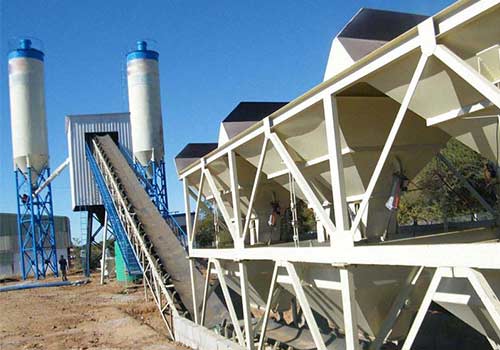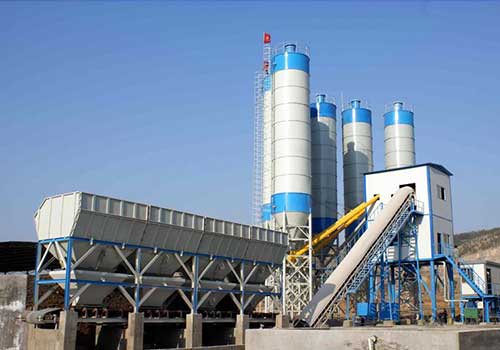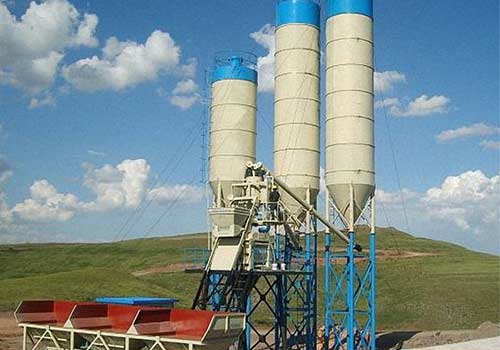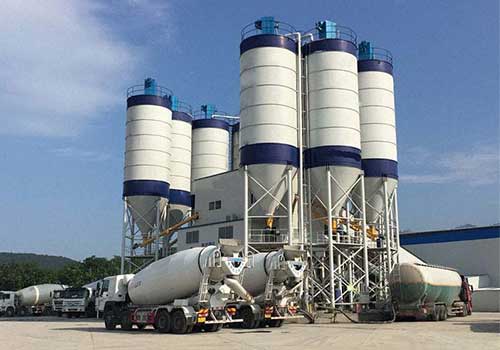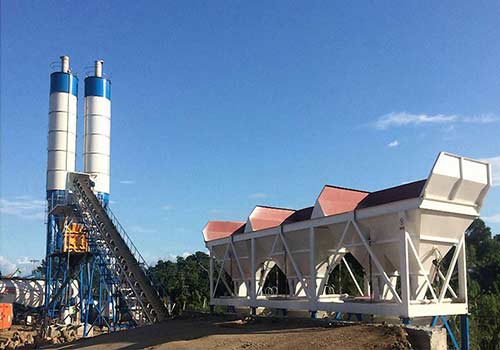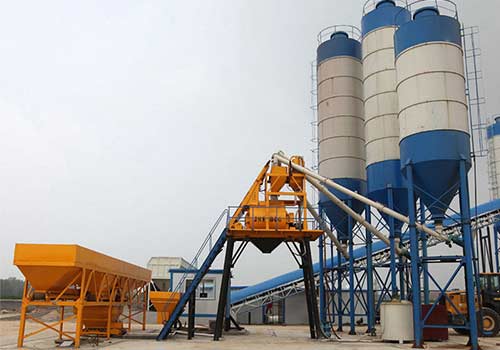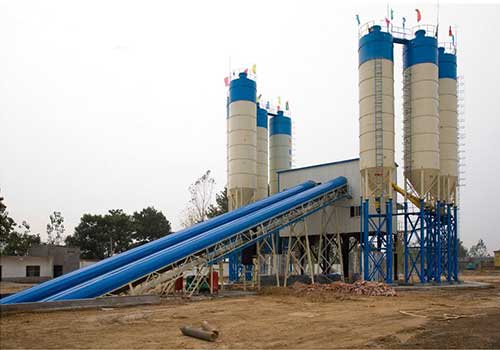The Advantages of Gas Powered Concrete Mixers for Concrete Providers
May 12, 2025
Meta Title: The Advantages of Gas Powered Concrete Mixers for Concrete Providers
Unveiling the Advantages of Gas Powered Concrete Mixers for Concrete Providers
In the bustling world of construction and concrete supply, having access to reliable and efficient machinery is paramount. Among the various equipment available, gas powered concrete mixers have garnered attention for their robust performance and practical benefits. From construction sites to small-scale in-house projects, the distinctive characteristics and applications of these mixers can enhance operational efficiency for concrete providers.
From a technical standpoint, gas-powered mixers on concrete batching plants present a fascinating engineering challenge. We're constantly balancing the need for robust mixing power with the inherent limitations of internal combustion engines – things like emissions compliance, fuel efficiency, and the general wear and tear on the system. Many providers opt for different engine types and sizes, which directly impacts the plant's overall performance and lifecycle cost. I've seen everything from small, relatively simple setups for smaller projects to massive, heavily-engineered systems that can handle enormous volumes of concrete. The integration of the mixer's controls with the overall batching plant's automation is also crucial, and a poorly integrated system can lead to operational headaches and reduced efficiency. the specific application of the plant is to selecting the appropriate gas-powered mixer.
Personally, I find the ongoing evolution of gas-powered mixers within our industry really interesting. We're seeing a push towards more efficient engines that meet increasingly stringent emissions standards, and the development of advanced control systems that optimize fuel consumption and mixing quality. The move toward more sophisticated diagnostics, often linked to remote monitoring, is also significant. This allows for proactive maintenance and minimizes downtime, a crucial factor for our clients. However, the practical realities of working with these machines on a daily basis are often overlooked. The noise, the fumes, and the general maintenance requirements are constant considerations, influencing not only the design of the plant itself but also
Features That Define Gas Powered Concrete Mixers
Gas powered concrete mixers uniquely combine fuel-powered efficiency with superior mixing performance. Here, we explore features that appeal to contractors and concrete providers:
Mobility and Versatility: Gas powered mixers are particularly advantageous in conditions where electricity is inaccessible. Their robust mobility allows them to be easily transported across different work sites, enabling concrete providers to address immediate job needs without being tethered to a power supply. This flexibility makes them suitable for remote projects—think rural constructions or unique site setups.
High Mixing Power: Generally equipped with powerful internal combustion engines, these mixers provide increased torque and mixing speed compared to battery-operated or electric mixers. This capability ensures a uniform mixture with optimal workability; perfect for complex pours that require extensive consistency factors, such as in foundations, footings, or slopes that demand graded concrete.
Large Load Capacities: Certain gas powered concrete mixers can hold substantial volumes, enabling concrete providers to handle more significant benchmarks in a single mixing session. These features reduce downtime, streamline concrete delivery and promote higher productivity during peak seasons or large-scale jobs, addressing cost-effectiveness and time constraints efficiently.
Addressing Specific Performance Needs
Moving beyond the basic characteristics, gas powered concrete mixers is know thanks to their capacity to solve specific industry challenges:
Reliability in Varied Conditions: Construction sites can be fraught with obstacles—weather, terrain, and logistical strain can all affect productivity. These mixers perform reliably across a myriad of conditions, emphasizing endurance amidst temperature fluctuations and adverse physical conditions.
Ease of Rapid Liquid Transfers: Providers focusing on expedited concrete projects benefit from the ease with which gas mixers can deliver freshly mixed concrete directly to trace pumps or other pouring devices, minimizing wait times. The powerful engine facilitates a swift turn around from project initiation to completion.
Technical Considerations Amid Adaptable Applications
Despite the numerous benefits, satisfying performance requirements mandates technical vigilance. Having a basic of the operating engine can curate tailored machine maintenance that leads to longer operational life:
Engine Specifications: Awareness of a mixer's horsepower (HP) rating is vital. A higher HP often provides more power, enabling users to mix higher aggregates more effectively. Knowledge of engine cubic capacity also contributes to decisions based on required output levels.
Fuel Types: Depending on the fuel type—a common operational focus—gas powered mixers typically utilize unleaded gas or are designed for optimized performance based on weight factors. Maintaining standard fuel cleanliness ensures protection against abrasive failures which could drive up operational costs.
Mixer Drum Speed: A critical specification that influences achieving desired consistencies, measuring ample drum rotations can ascertain the best mixing pace needs proportional to mixture types, whether being observed in substrates or new liquid polymer additions proving necessary for lesser-visible infrastructure.
Related Articles
-
Small batch concrete batching equipment
Dec 27, 2024
-
concrete batching plant maintenance
Dec 17, 2019
-
The serious failure of the concrete batching plant
Mar 27, 2020
